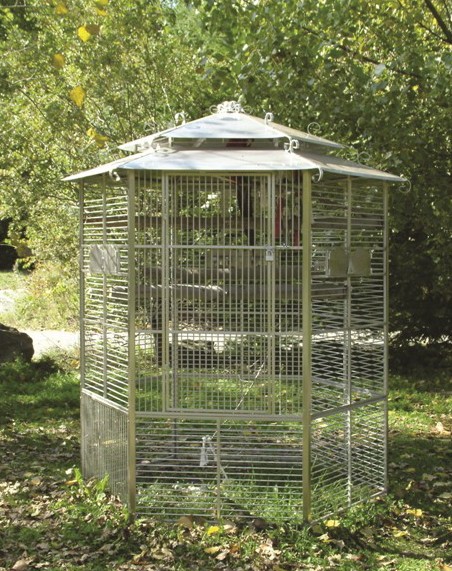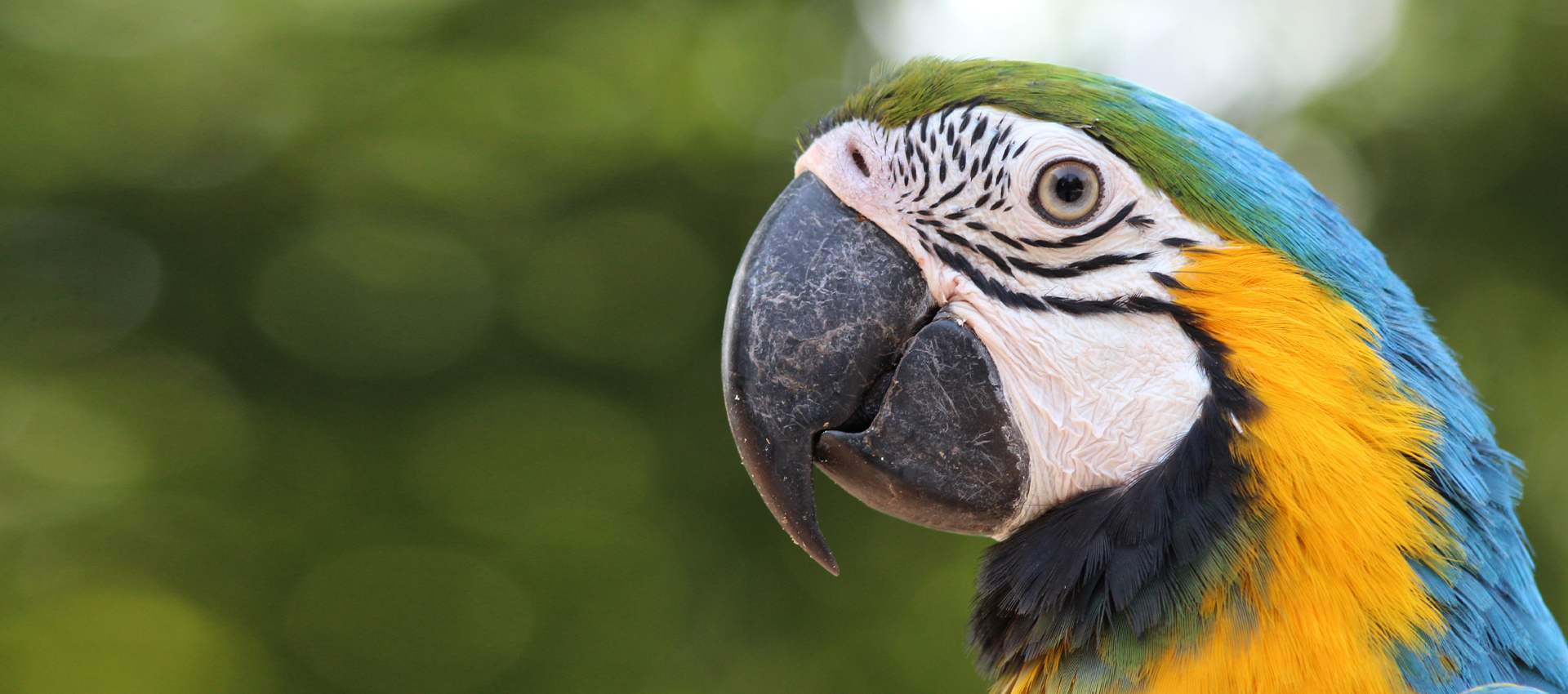Your cart is currently empty!

HARI Official Brand Site

Providing the proper environment for your companion or breeding birds is vital in maintaining both physical and mental health. Your bird’s cage should be his refuge, a place of comfort, security and discovery.
Some of the fundamental considerations for your bird’s cage are listed as follows. Consult with your pet centre, avian consultant or breeder for additional recommendations.
Providing the proper environment for your companion or breeding birds is vital in maintaining both physical and mental health. Your bird’s cage should be his refuge, a place of comfort, security and discovery.
Cage size matters! At the very least, your your bird must be able to spread his wings completely, without having the tail feathers rub against the bottom. This of course is the minimal size required for its sleeping cage. For a bird that will exercise out of its cage regularly, have an additional day cage or activity play gym. Ideally, birds should be able to exercise flight, from within their cage or outside their cage. In breeding situations, flight at least from one perch to the other is extremely important for the health of the flock. If space is a restricting factor within your home, consider building an out-door aviary.

A cage on wheels can be moved into the shower, garage or balcony to be hosed down. Does the cage fit through the door? Does the cage disassemble easily to clean cracks and corners? Seed catchers to minimize waste on floor and surroundings as well as acrylic panels are now becoming a trend in cage design. Most cages offer removable trays and cage bottom grill to facilitate cleaning.
Cage materials should be lead, zinc and copper safe, and non-toxic resistant paint, with no sharp edges, broken wire or rust. Purchase a cage from a reputable manufacturer.
The cage must be built strong for hook bill species. Secure doors and feeder latches, as well as resistant bowls to minimize waste!
Wire spacing must be considered for safety. A horizontal bar wire panel is essential to allow hook bills to climb up to perches.
The size, dimensions, materials, texture, diameter variations and number of perches are extremely important. These are often neglected and underrated, but are a critical consideration!
Things to avoid are temperature extremes, harsh lighting, drafts, dampness, loud constant and stressful noises, and unsupervised pets or children in the vicinity. Ideally the cage should not be in a smoking environment, your bedroom, a carpeted room or secluded from family interactions. Many opt for the sleeping cage in a quiet room and one activity cage in the family living quarters. Always try to position the cage in a corner. Your bird needs the security and privacy these two walls will offer. Cage height is a debatable issue as is everything in the bird world, but many behaviorists recommend keeping the cage equal to or lower than your eye level.
Compost your bird’s waste (seeds, pellets, fruits, veggies and nuts, chewed up branches, soiled substrate). This will make for a great fertilizer to grow sunflowers in the spring!


Take advantage of our resource hub, which provides a variety of quick links to aid you in your research endeavors.